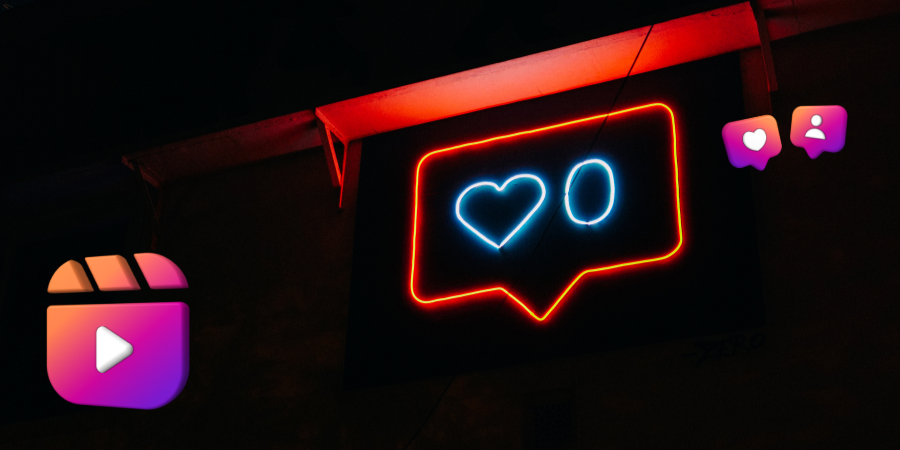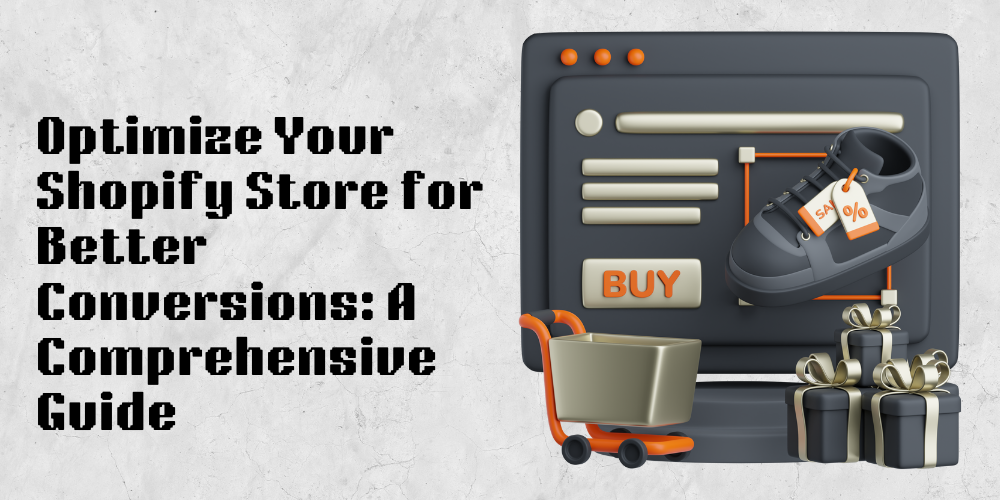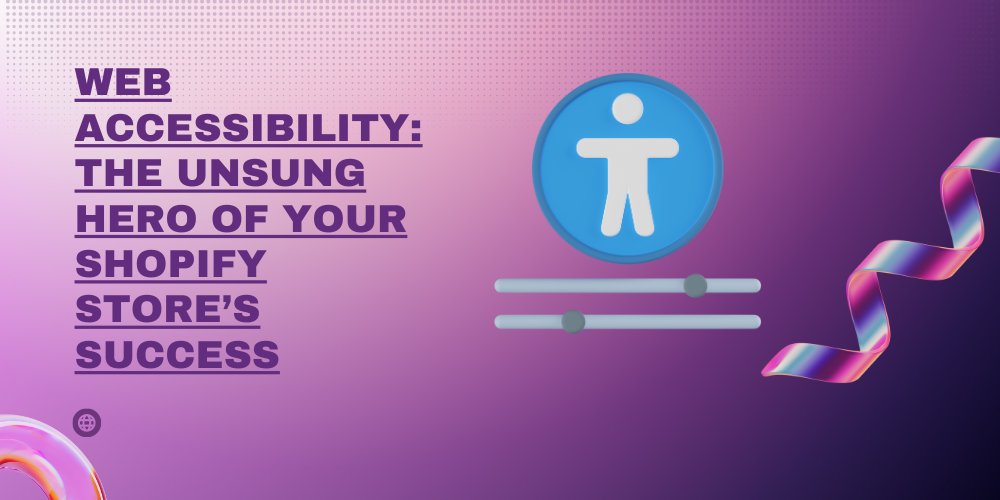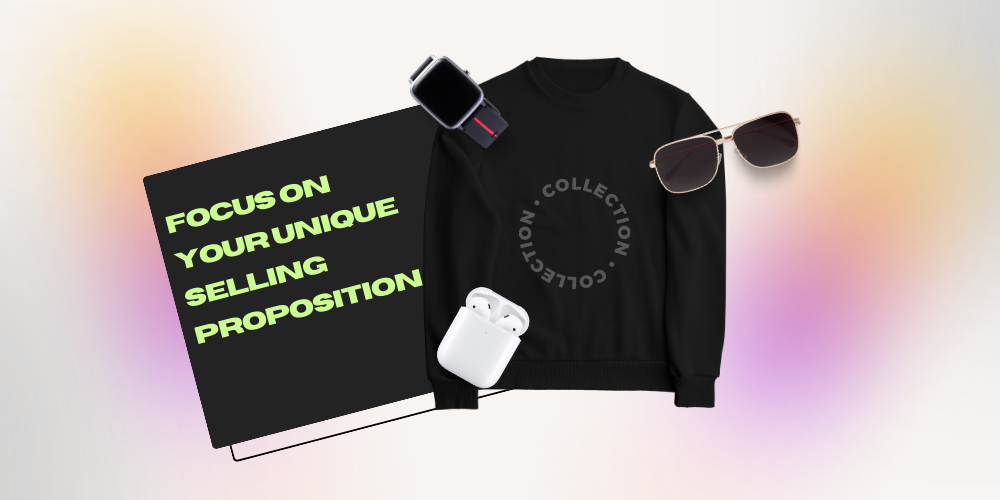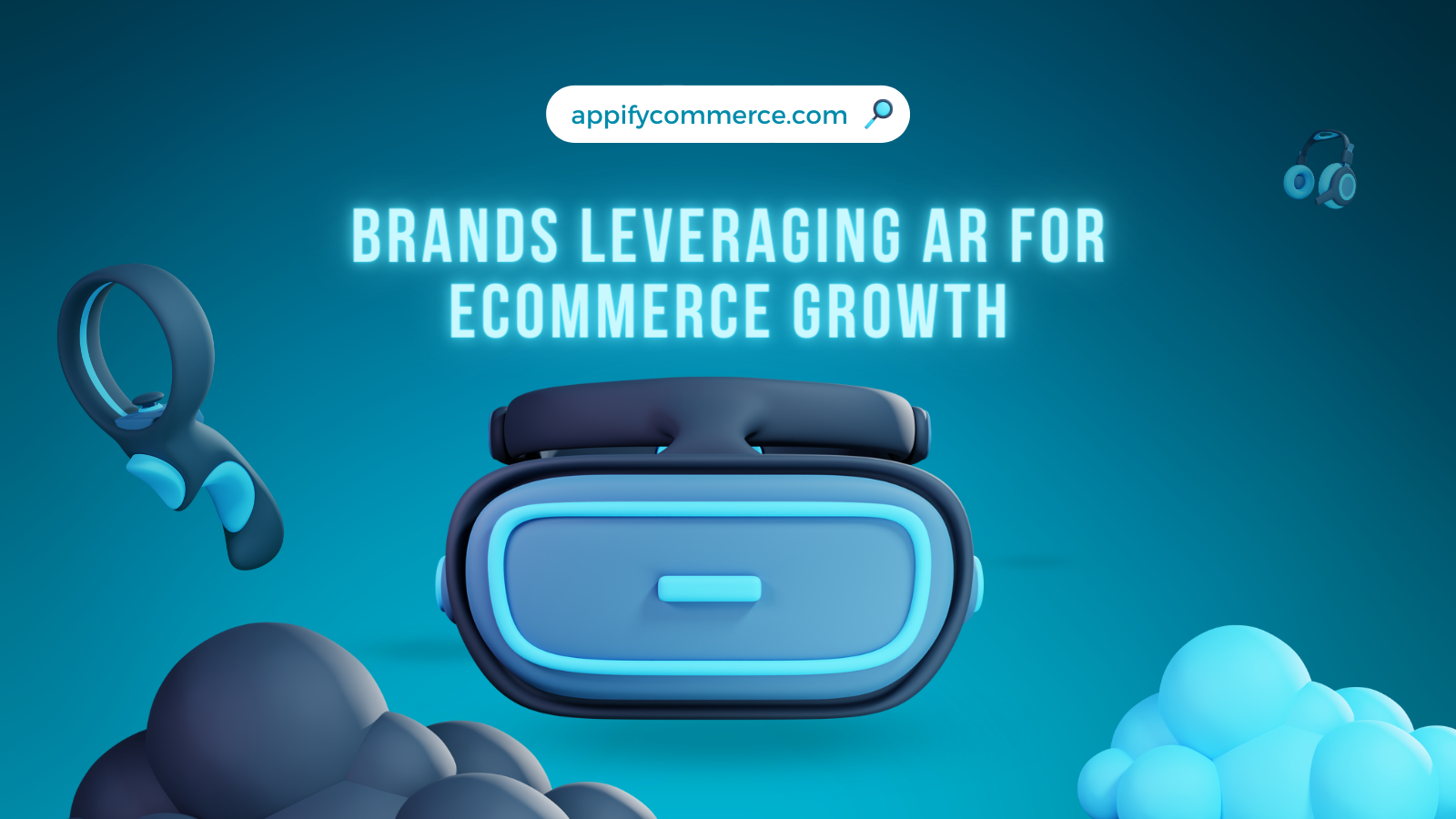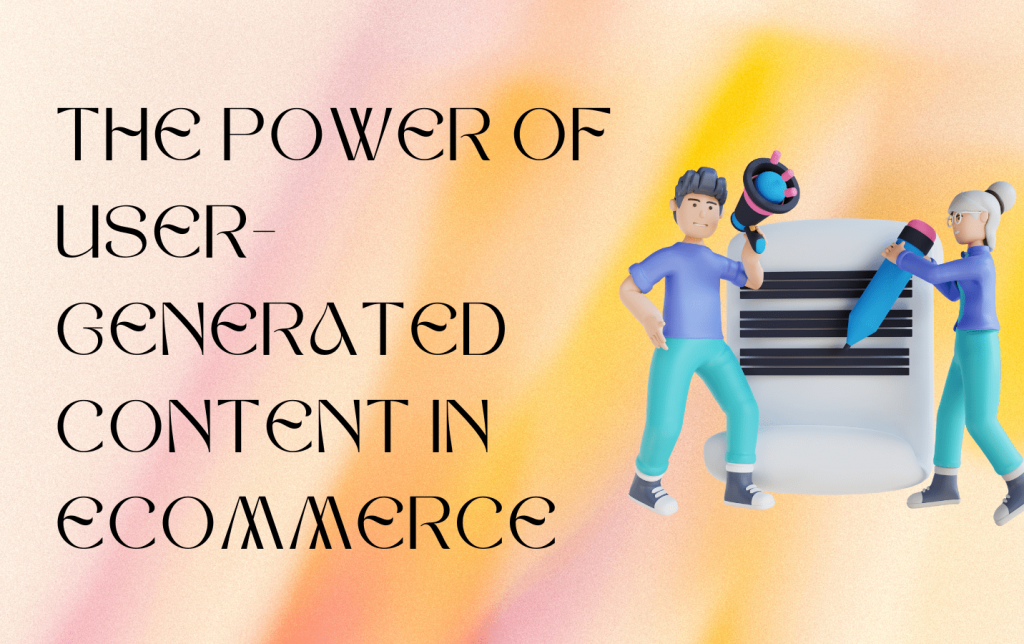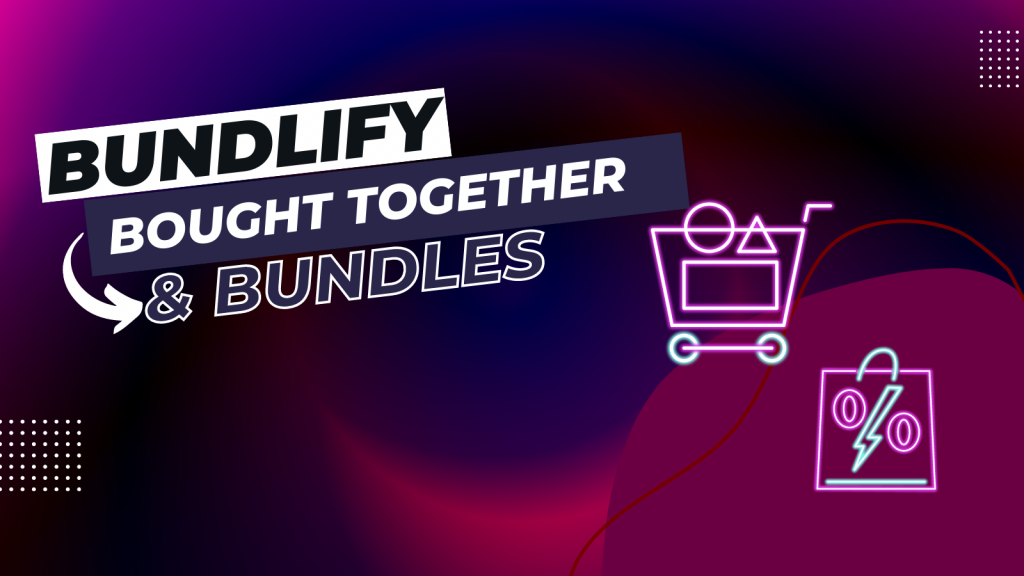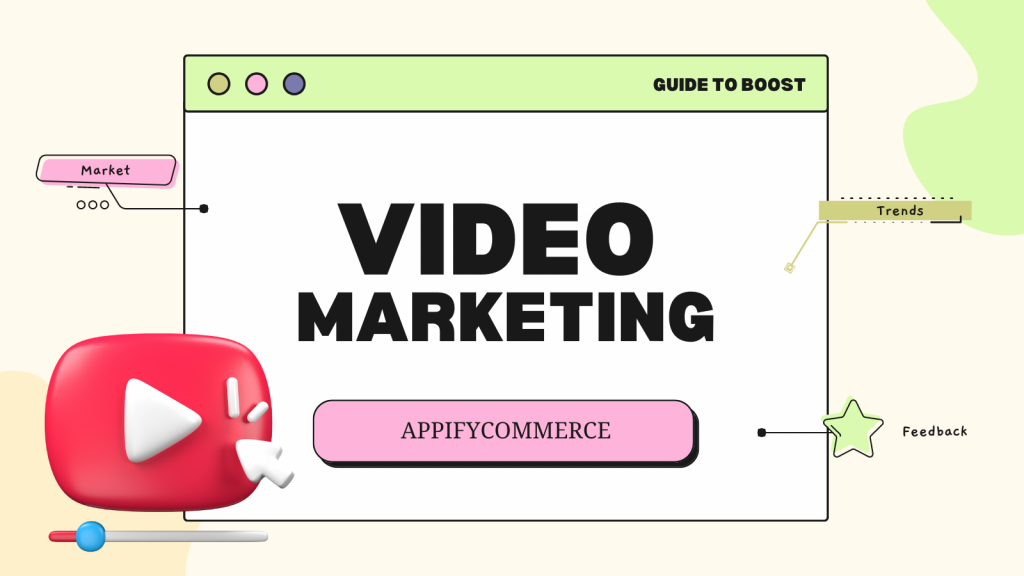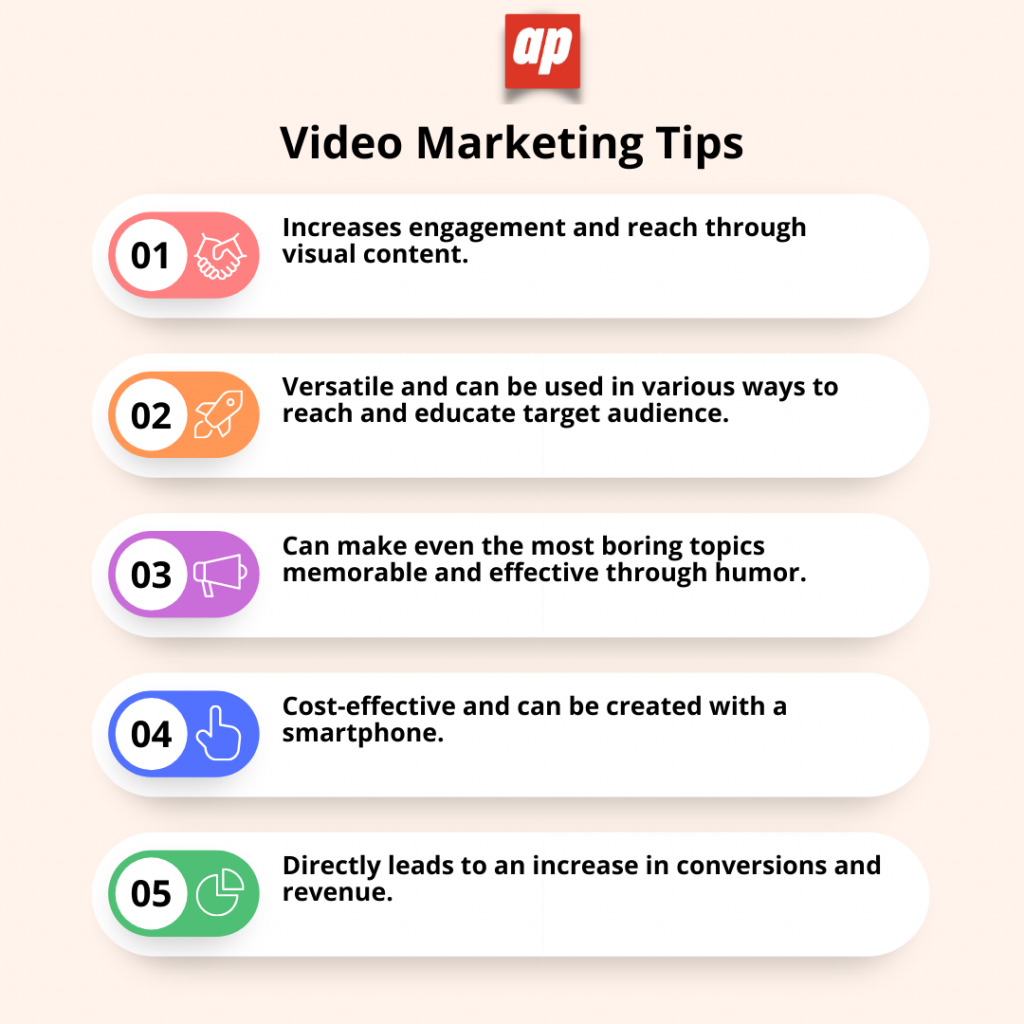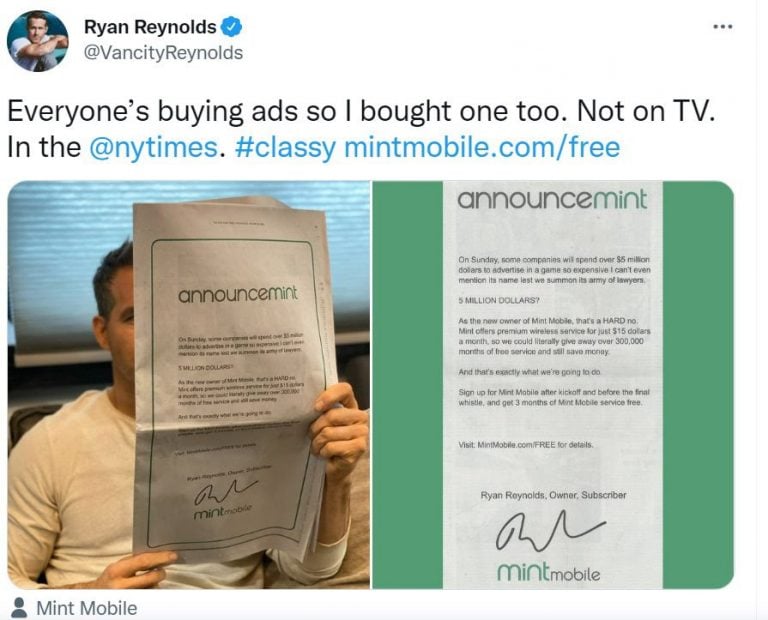Welcome to the world of digital marketing, where trends evolve at the speed of light, and keeping up with the latest buzzwords is essential. As a teacher of digital marketing, it’s my duty to equip you with the knowledge and strategies needed to succeed in today’s ever-changing landscape. In this blog post, we’ll dive into the concept of “Grammable” experiences and explore how you can leverage Gen Z’s obsession with Instagram to market your products and enhance the online shopping experience for your customers.
Understanding the Power of Gen Z:
Gen Z, born between the mid-1990s and early 2010s, has emerged as a dominant consumer force, wielding significant influence over trends and shaping the future of marketing. One platform that has captured the hearts and minds of this generation is Instagram, a visual-centric social media platform that thrives on aesthetics, creativity, and self-expression. Harnessing the power of Instagram can unlock a treasure trove of marketing opportunities for your online business.
Crafting “Grammable” Experiences: A “Grammable” experience refers to creating moments that are visually appealing, shareable, and buzzworthy on Instagram. By designing your products and online shopping experience with Instagram in mind, you can tap into Gen Z’s desire to curate their lives and showcase their unique sense of style. Here are some key strategies to make your products and online shopping experience “Grammable”:
Visually Stunning Product Presentation: Invest in high-quality product photography and styling. Pay attention to lighting, composition, and aesthetics to make your products stand out in the Instagram feed. Create visually cohesive and appealing product displays that capture attention and entice users to click through to your website.
Influencer Collaborations: Partnering with influential Instagram users who align with your brand values and target audience can exponentially increase your reach. Collaborate with influencers to create engaging content featuring your products. Encourage them to share their experiences, unboxing moments, or style tips with your products, generating authentic user-generated content.
Unique Packaging and Unboxing Experiences: Enhance the “wow” factor by designing distinctive packaging that begs to be unboxed and shared. Unboxing videos and images have become a popular trend on Instagram, offering an opportunity to create memorable experiences and generate user-generated content that showcases your brand.
User-Generated Content Campaigns: Empower your customers to become brand advocates by encouraging them to share their experiences with your products on Instagram. Create branded hashtags, run contests, or offer incentives for customers to share their photos, stories, or reviews. User-generated content builds trust, engages potential customers, and amplifies your brand’s reach on Instagram.
Instagrammable Spaces and Pop-up Shops: Design physical spaces or pop-up shops that are aesthetically pleasing and highly Instagrammable. Incorporate eye-catching backdrops, props, and interactive elements that encourage customers to take photos and share their experiences. This offline-to-online approach helps bridge the gap between the digital and physical worlds, driving social media engagement and online sales.
Harnessing the Marketing Potential: Once you have crafted “Grammable” experiences, it’s essential to leverage the marketing potential of Instagram. Here are some strategies to amplify your reach:
Consistent Branding: Maintain a consistent visual aesthetic and brand voice across your Instagram content. This ensures your brand is easily recognizable and fosters a strong connection with your target audience.
Engage and Respond: Interact with your followers by responding to comments, direct messages, and mentions. Engaging with your audience helps build relationships, foster brand loyalty, and encourage further sharing of your content.

